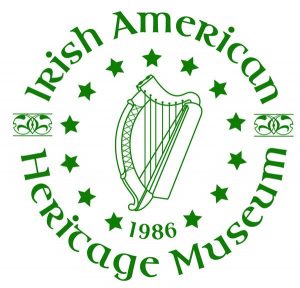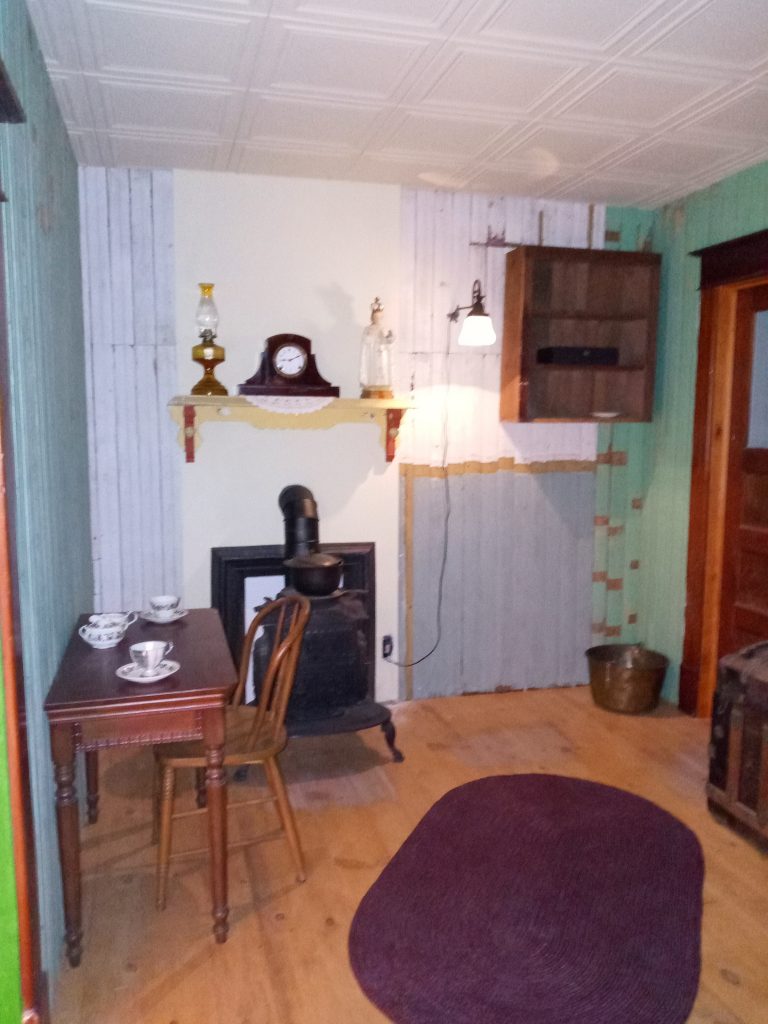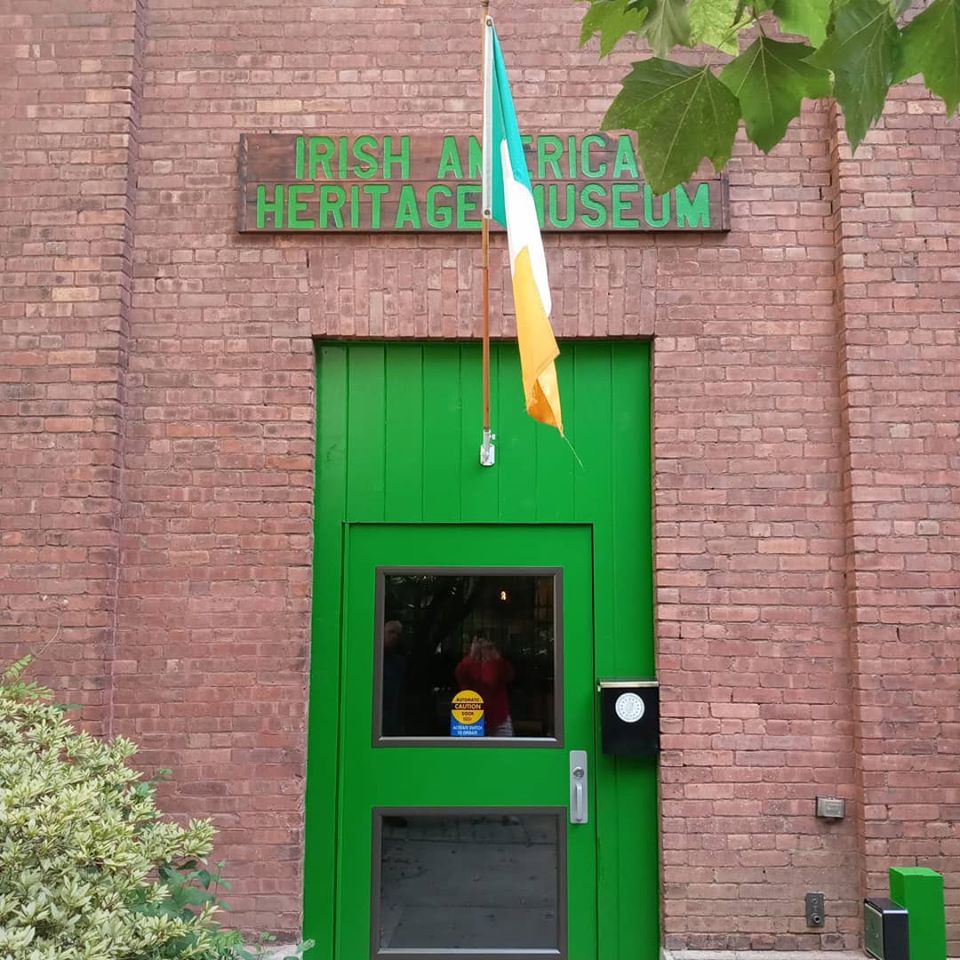Back To Business: Irish American Heritage Museum
December 30, 2020
 Since last February, 21 Quackenbush Square has been home to the nation’s only Irish American history museum, where visitors can learn about the cultural and historical experiences and contributions of people of Irish heritage in the Capital Region and across the U.S.
Since last February, 21 Quackenbush Square has been home to the nation’s only Irish American history museum, where visitors can learn about the cultural and historical experiences and contributions of people of Irish heritage in the Capital Region and across the U.S.
You could be forgiven for not knowing about this hidden gem in the heart of downtown Albany, as it opened its doors in its new location just one month before the coronavirus pandemic forced all but essential businesses to shut their doors last March.
The timing was not optimal, but the museum staff made the best of it.
“We were barely open, and then had to close for COVID restrictions,” recalled Elizabeth Stack, PhD, the museum’s executive director. “The closure allowed us to get renovations done that we would not have been able to do otherwise.”
The “renovations” included two projects that significantly enhanced the museum-going experience for future visitors – erection of a thatched-roof cottage and recreation of a city tenement apartment – to demonstrate the conditions Irish immigrants left behind, and also what they found, when they left their island home seeking a better life in America.

Construction of the cottage was funded by the Irish government, which provides annual financial support to the museum. It was largely built by Bill Tobler, the man behind the Albany Firefighters Museum, using synthetic thatch from a company in Florida. The tenement features period pieces from Historic Albany’s parts warehouse and also some authentic touches donated by local museum supporters, including rosary beads, holy pictures and a cast iron cooking pot.
“It’s amazing the community spirit that comes out at these times when you think, ‘Oh God, how are we going to keep afloat?’” Stack said.
The Irish American Heritage Museum was founded in 1986, and, according to its website “is committed to the basic tenet that preserving one’s heritage is vital to providing a cultural and historical foundation to future generations of Americans.” It is chartered by the state Education Department and played a key role in pushing the state to require instruction in public schools about the Irish Great Hunger of 1845-1853.
The museum was originally located several miles south of Albany in East Durham, Greene County, part of the Catskills known as the “Irish Alps.” The area was home to a number of resorts frequented by Irish immigrants eager to get away from the stifling New York City tenements in the summer for some fresh air, traditional music and dance and the camaraderie of like-minded friends.
About a decade ago, the museum relocated to 370 Broadway, Albany, where it remained until just under a year ago when it moved yet again – this time to its current location at 21 Quackenbush Square. It now has 10,000 square feet of space, and its own lecture center, which Stack is eager to see put to use again, once the threat of the pandemic is over.

“This new, much bigger premises has allowed us to tell the story of the Irish American experience in a more direct and larger way,” Stack said. “We’re very hopeful that when the Skyway opens and Cap Rep is open and close to The Palace, we’ll have a lovely downtown hub. We can all trade off each other and the increased foot traffic will benefit everyone.”
The museum was closed for five months as a result of the lockdown and started welcoming visitors again in a limited fashion as part of Phase Four of the governor’s reopening plan. It is now operating at a reduced capacity of 25 percent, with deep cleaning taking place regularly. It offers about 10 events a month, which were initially restricted to a very small group – about 12 people – and now are exclusively online.
There is currently no entrance fee for the museum, though donations are suggested, and memberships are available. The facility is run by a paid staff of three and a large group of volunteers, many of whom work more or less daily, Stack said. The museum was able to secure a PPP loan that helped keep the full-time employees on the payroll, though the part-time workers had to be temporarily let go.
The museum is currently open Wednesday, Thursday and Friday from 11 a.m. to 4 p.m., and Saturday and Sunday from 12 noon to 4 p.m. It is closed Monday and Tuesday.





Social Media